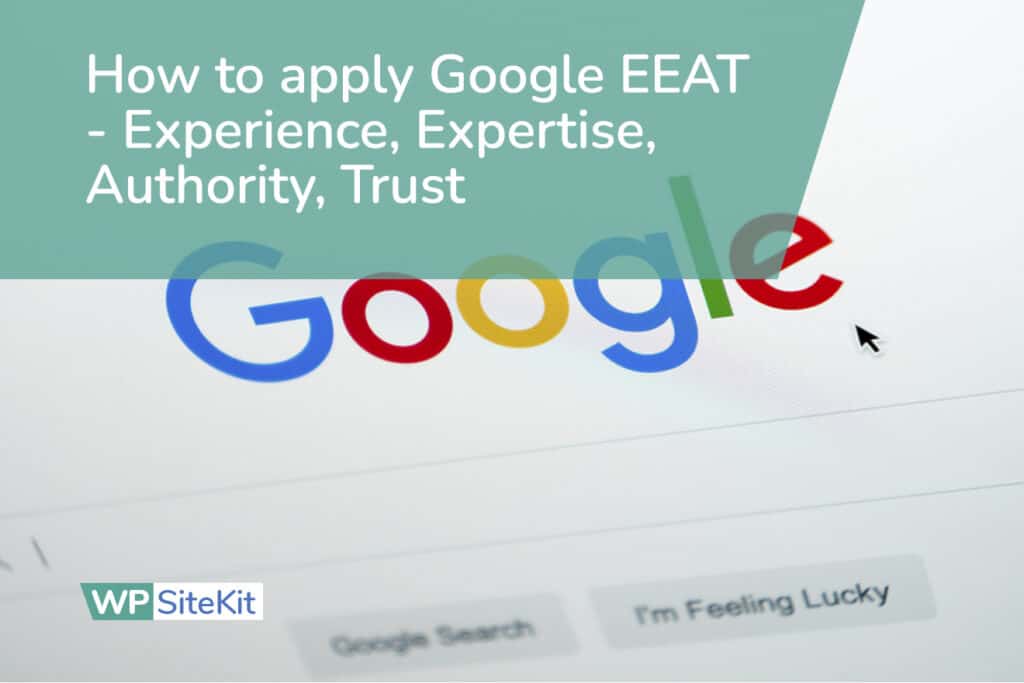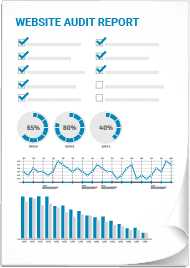Writing effective service pages may seem intimidating if you haven’t written extensively in the past. On the other hand, who knows your customers better than you? Building or revamping a website should be an exciting time for any business owner. With the right content, you can turn your website into a marketing tool that converts visitors to paying customers.
Are you ready to get all that knowledge in your head on your service pages? Follow these tips to make your content pop, improve your site’s SEO, and develop a sense of authority and trust that attracts repeat customers.
1. Know Your Target Audience
It’s crucial that you have a good sense of who will be reading your service pages. You can start by considering what past customers have wanted and the questions they may have about your product or service.
Before you begin to write your content, consider who will need this product or service. Marketing professionals often start with a buyer persona. This is a fancy way of describing the people most likely to use the service. Whether you are a new business owner or have been at it for years, it’s important to know who uses your services. Then, right for this audience in mind for effective service page content.
- Why should customers choose you?
- What problems does your service solve for prospective clients?
Answering a series of questions about how your product serves the buyer can help you create content that focuses on the customer experience.
2. Determine Your Elevator Pitch
Start with an elevator pitch or high-level overview. When delivering an elevator pitch about your business, keep it conversational. If you had 30 seconds to tell someone about the service you’re promoting, what would you want them to know? Include this information in the introduction at the top of the service page. Many readers won’t scan beyond that unless you hook them in the beginning.
Create an elevator pitch or introduction for your website by following the same steps you would to deliver it in person, as follows:
- Describe who you are. Does your business have an interesting origin story that you could exploit?
- Write about what makes the service unique.
- Explain the results of the completed service. For example, dog groomers take dirty, disheveled pups and turn them into squeaky clean show-ready canines.
- Edit your content several times before publishing it.
- Start out conversation naturally.
- Maintain a conversational tone that is concise but not rushed or too wordy.
3. Lean Into the Pain Points Your Product Resolves
Explain what benefits the service provides. Most services fix a problem, save the customer time or resolve another pain point that makes life easier.
Use conversational language when addressing the reader. On service pages, sentences should include the following pronouns:
- You
- Your
- Yours
It’s fine to take the first-person point of view occasionally, but don’t overdo these pronouns:
- I
- We
- Us
- Our
4. Explain Features and Benefits
Create a list of features for your service. Then, pair each feature with a benefit to your customer. It’s best to stay away from negative comparisons to competitors and concentrate on the strengths of your own service. For example, if you own an office cleaning business, a feature may include deep-cleaning services for restrooms. Customers benefit by having a more sanitary, hygienic environment for employees, customers and visitors.
Feature-benefit pairings show customers how their life would be easier or better as a result of using your service.
Here’s another example. For a copywriter, features of the service include blog writing, SEO expertise and keyword research. The benefits of these features include attracting customers, ranking better on search engine results pages and targeting users with specific search parameters.
5. Explain the Process and How Long It Takes
Taking time to explain the service shows you know what you’re doing. It also helps customers become more familiar with what is probably unfamiliar territory. Additionally, your page should explain how long the service takes. Customers value their time and want to choose a service provider who respects that. By telling people how long the service takes, you enable your customers to plan their day accordingly.
6. Write an Instructive, Compelling Call to Action
End your service page with a call to action that makes it easy for customers to get in touch with you. The call to action should include your conversion goal. Do you want your customer to call you to set up an appointment, fill out a short web form or move to the next logical step in the sales funnel? Make sure that your call to action leads them to the next step.
Here are typical goals for an effective call to action:
- Call you to schedule the service.
- Contact you via a web form for a free quote.
- Redeem coupons available for a limited time.
- Sign up for a free subscription.
If your call to action urges the customer to act immediately, you nailed it!
7. Write at Least 200-500 Words. Longer is Good Too.
Some service pages have sparse text and overly promotional content. Aim for at least 200 to 500 words to properly explain the service, features and benefits available to customers. Google’s algorithm tends to favor long-form content. So, if you have more to say, going over 500 words can improve your ranking.
8. Choose User-Friendly Keywords and Synonyms
Use synonyms or similar terms that customers use when searching for the service. This will help you rank for more search terms. Start with terms you’re familiar with and that come to the top of your mind. This can help your business show up in organic search results. You can also use Google Ads or a free service that will generate keywords currently ranking well in searches.
9. Structure Your Content in Easy to Scan Sections
Use short paragraphs and headings to break up the text into smaller chunks. Subheadings, bullets and lists also help break up the text and highlight important information. The more compelling you make your structure, the longer the user will stay on the service page, which increases the odds that they’ll call to make an appointment.
10. Include a List When Appropriate
Including a list allows you to present a lot of information in a brief format. Lists are great ways to highlight all the details for the services you perform. For example, if you have a plumbing and HVAC company, your website might have a menu for each of these main services.
Under the plumbing service page, you could list out all the different types of services you provide such as water heater installation, drain cleaning, and unclogging toilets. Then, as you develop your site you can develop subpages for all of these services.
11. Offer a Case Study or Testimonials
After your client reads through the service page, they might still be on the fence about hiring you. So, show them proof that they aren’t making a mistake.
You can do this by providing a brief paragraph describing how other customers benefited from the service. You can also link to a longer case study to draw the client deeper into the vetting process, hopefully toward a conversion.
Customer testimonials are another way to show the authenticity of your services. A word of caution here. Make sure that you use authentic customer testimonials. Paying a copywriter to create glowing reviews of your company typically won’t end well.




